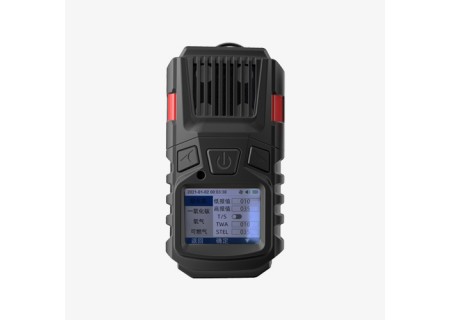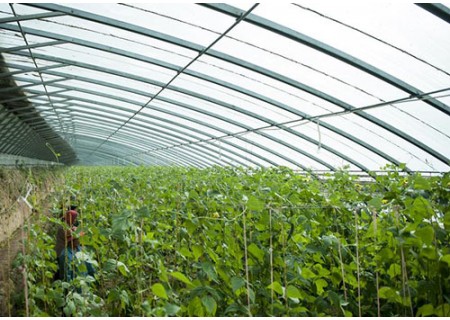Gas sensor calibration
-500x500.jpg)
Significance of Gas sensor calibration
As people's demand for quality of life continues to improve, Gas sensor can be used in a variety of occasions, such as environmental protection testing, medical diagnosis, industrial control and other fields. However, for any sensor, in addition to high sensitivity, low power consumption, small size and other "hardware indicators", but also to ensure its stability and accuracy, in order to ensure the reliability of the actual application. This requires a certain calibration of the gas sensor after purchase to check whether its accuracy is up to standard. Therefore, Gas sensor calibration is particularly important!
Classification of Gas sensor calibration
Gas sensor calibration is generally categorized into the following two methods.
1. Zero calibration: When the target gas is not contained in the air of the gas sensor, the output signal is adjusted to the set zero value, i.e. the output value of the calibration sensor in the absence of gas.
2. Calibration calibration: Calibrate according to the concentration of the target gas to ensure that the error between the output concentration of the sensor and the actual concentration is very small.
In practice, different calibration methods may be used for different types of gas sensors and scenarios used.
Steps for Gas sensor calibration
1. Check the basic condition of the equipment. Before calibrating the sensor, make sure that the working condition of the equipment, ambient temperature and other basic parameters are within the normal range to ensure the accuracy of the calibration results.
2. Perform zero calibration. Place the sensor in the indoor air, adjust the sensor signal output value to zero, and record the zero value.
3. Perform calibration. Use the standard gas concentration calibrator to connect with the sensor, and set the predetermined gas concentration through the calibrator, and record the output value of the sensor.
4. Data processing after calibration. Calculate the error between the sensor output value and the calibrated concentration, perform data processing, and calibrate the sensor output result. If the error is large, it is necessary to re-calibrate until it meets the accuracy requirements.
Precautions for gas sensor calibration
1. Gas sensor calibration generally requires specialized equipment, so it should be operated under the guidance of professionals to avoid losses.
2. The calibration interval generally depends on the type of sensor and application scenario, but it is usually not recommended to exceed 6 months to ensure the reliability of the sensor accuracy.
3. In the number of feasible cases, should ensure that each sensor before and after the calibration of the application environment as constant as possible, in order to avoid parameter changes on the impact of calibration error.
4. calibration process, should avoid light, electromagnetic waves and other external in the interference on the sensor output signal, while should strictly comply with the safety regulations to ensure the personal safety of the operator.
In modern industry and life, Gas sensor applications are becoming more and more widespread, and their calibration is becoming more and more demanding. How to correctly carry out gas sensor calibration so that its output results are accurate is a basic skill that every person who uses electronic equipment must master. We would like to remind our friends and users to take the calibration of gas sensors seriously to ensure the reliability and quality of our products.







-450x320.jpg)

-450x320.jpg)

